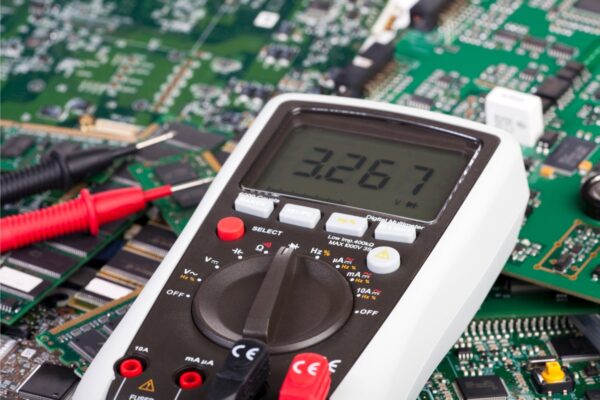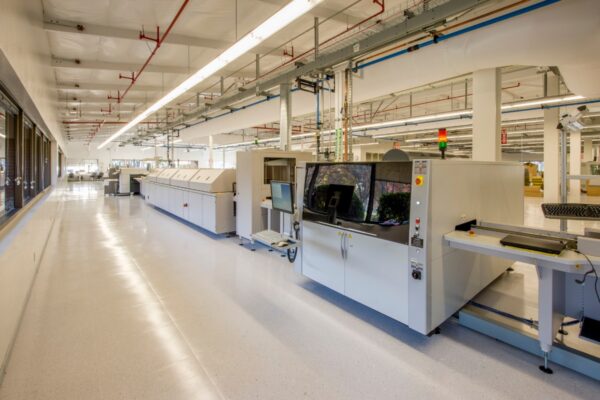What is Etching
Etching is the process of selectively removing unwanted copper from a circuit board to create the desired circuit pattern. It is a step in the manufacturing process of PCBs.
The etching process begins with the preparation of a circuit board layout based on the designer’s requirements. This layout is then transferred onto the PCB using a technique called photolithography, which acts as a blueprint for the etching process. The photolithography process determines which parts of the copper should be removed from the board.
There are two main approaches to etching: inner layer etching and outer layer etching. In outer layer etching, tin plating is used as the etch resist, while in inner layer etching, photoresist is used as the etch resist.
There are also two primary methods of PCB etching: wet etching and dry etching. Wet etching involves immersing the PCB in a chemical solution that selectively removes the unwanted copper. On the other hand, dry etching utilizes plasma or reactive gases to remove the copper.





